Newsblog
Swell of gold part I - New Zealand part I
Thursday, 25 July 2019
As most of you probably already know, we spent some time in New Zealand this year. For two of us it was our second stay in Aotearoa. This time we've been there in February, March and April and it was quite sure the best journey we did so far, because we travelled with our son Tim, who was five months when we started, for the first time. And, of course, New Zealand is an incredible place in any case. We spent the entire time outdoors and it seems extremely important to us, to connect Tim with real nature and it is so rewarding to see his great excitement about all the natural wonders when we're out. Even at this very young age. Maybe more on that in some of my upcoming blog entries ...
Although there are still lots of older images of the past year left to share here, I would like to start to display some sets of my New Zealand pictures in between. This first series shows the first part of photographs of one of the world's rarest and smallest dolphin species, the Hector's Dolphin. They are declared as endangered on the IUCN Red List and can only be found in the waters around New Zealand. I was observing and photographing these absolutely amazing animals about six to ten hours every day for six nights on this particular beach and I was rewarded with some of my most memorable wildlife moments so far. All the images have been taken from the beach or the shallow waters, but I have to admit I got pretty wet most of the time ;)
But although without the dolphins, this area is just fantastic and offers lovely calm bays with perfect surf, amazing rough, rocky and kelp covered coast lines and lots of other rare and beautiful wildlife like Yellow-Eyed Penguins, which are also among the wolrd's rarest penguin species and also declared as endangered on the IUCN Red List with only about 4,800 sexually matured individuals. In one of the coming sets I will also share a few shots of some of the other treasures we could find there.
If you want to receive a short e-mail notification every time I post any news in my blog on this website, just drop me a line to photo@rupertkogler.com and I will put you on my mailing list. And of course I will remove you from the list anytime you want me to.
Pannonian residents part III
Monday, 22 July 2019
When it comes to birds, the Neusiedler See - Seewinkel National Park is just a fantastic place. You can easily spot about ten different species of rare and special birds, you won't see anywhere else in Austria, in only one day. From bigger ones like Great Egrets, Spoonbills or White-tailed Eagles to very small ones like Wrens or Crests. But, of course, the Seewinkel is also a significant habitat for other animals, like mammals, insects, amphibians and reptiles. The best season is spring and early summer when all the birds are nesting and raising their chicks and lots of new life pops up everywhere. But I also like to go there at any other time of the year, since there is always something to discover and it actually pays off every time. Below you will find the last images of this national park from the past year I will show here, so I kindly invite you to browse through this series.
If you want to receive a short e-mail notification every time I post any news in my blog on this website, just drop me a line to photo@rupertkogler.com and I will put you on my mailing list. And of course I will remove you from the list anytime you want me to.
Shapes of grace part III
Saturday, 13 July 2019
Time to serve you the last set of Chess Flower pictures from the past year. Hopefully I can manage to visit these fragile an extraordinary flowers again next spring. And hopefully they will still be protected in the future since they're already extremely rare and they depend on the protection and the will of the land owners to not mow the few meadows before the flowers can spread their seed. The protection actually bases on a few schoolboys who once picked up some Chess Flowers for their teacher to apologize for their misbehavior. Luckily this teacher had a good knowledge about flowers and instantly knew that his pupils had found a real treasure. So he immediately started to fight for the protection which finally saved the flowers from total extinction until today.
If you want to receive a short e-mail notification every time I post any news in my blog on this website, just drop me a line to photo@rupertkogler.com and I will put you on my mailing list. And of course I will remove you from the list anytime you want me to.
59 of 95
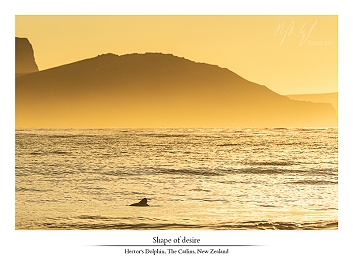
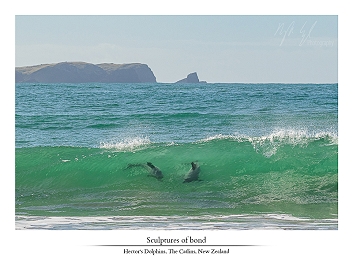
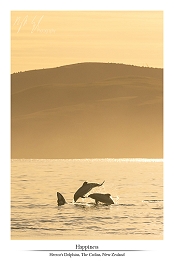
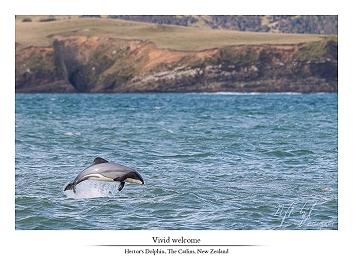
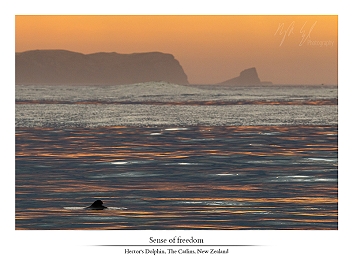
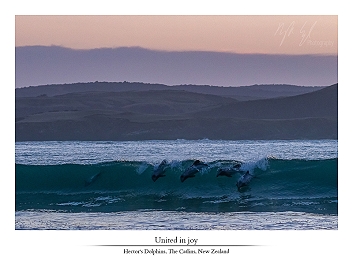
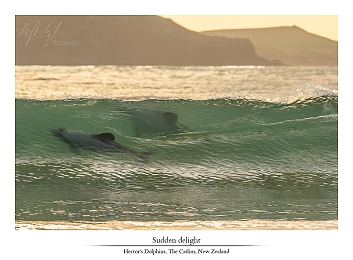
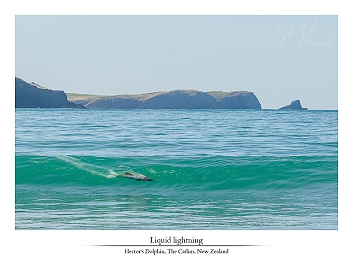
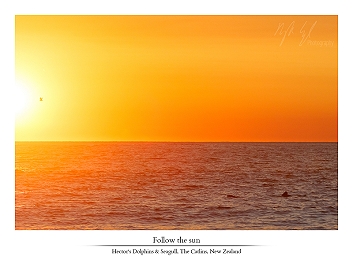
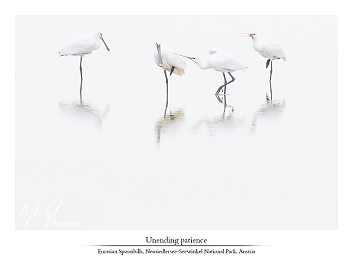
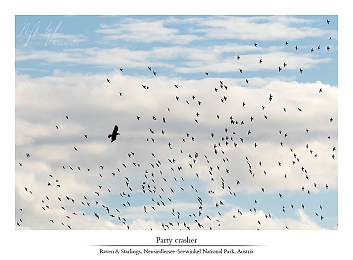

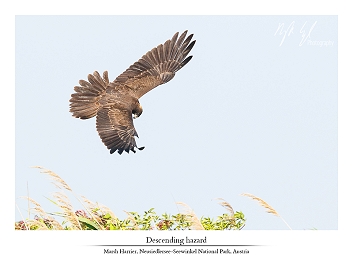
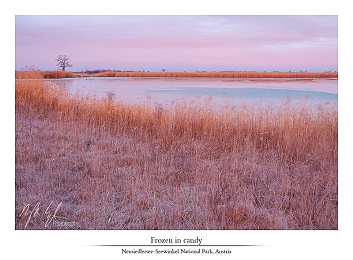
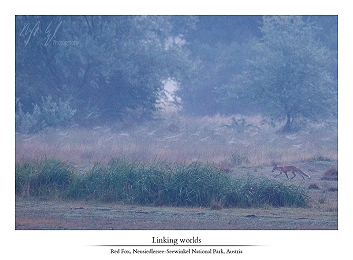
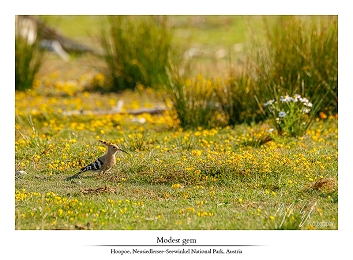
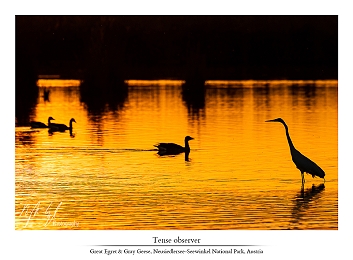
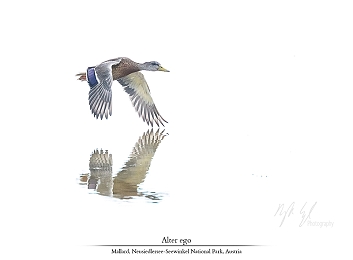
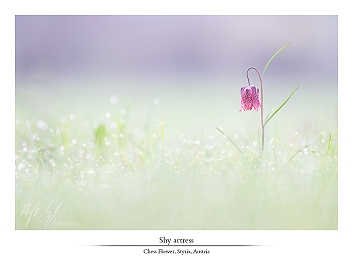
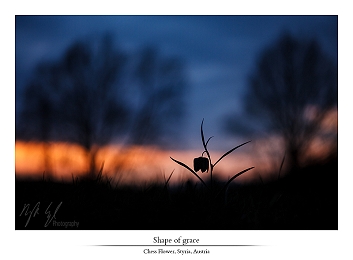
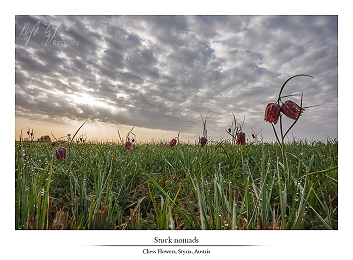
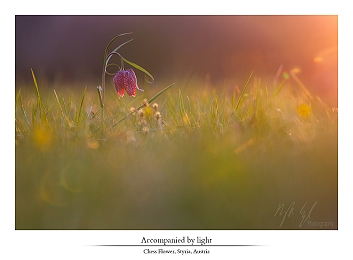
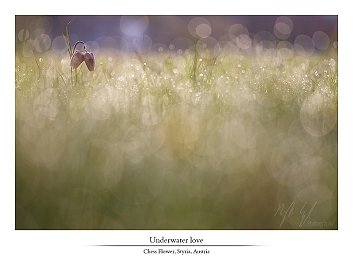
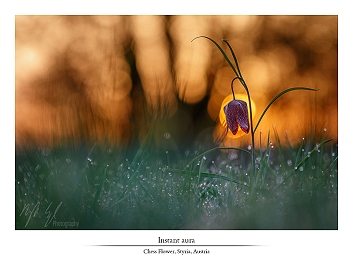
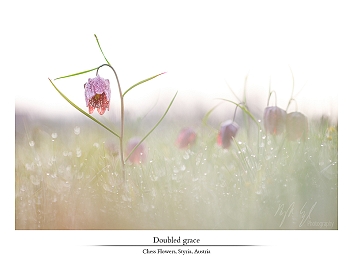

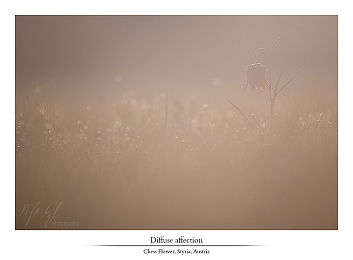
RK on